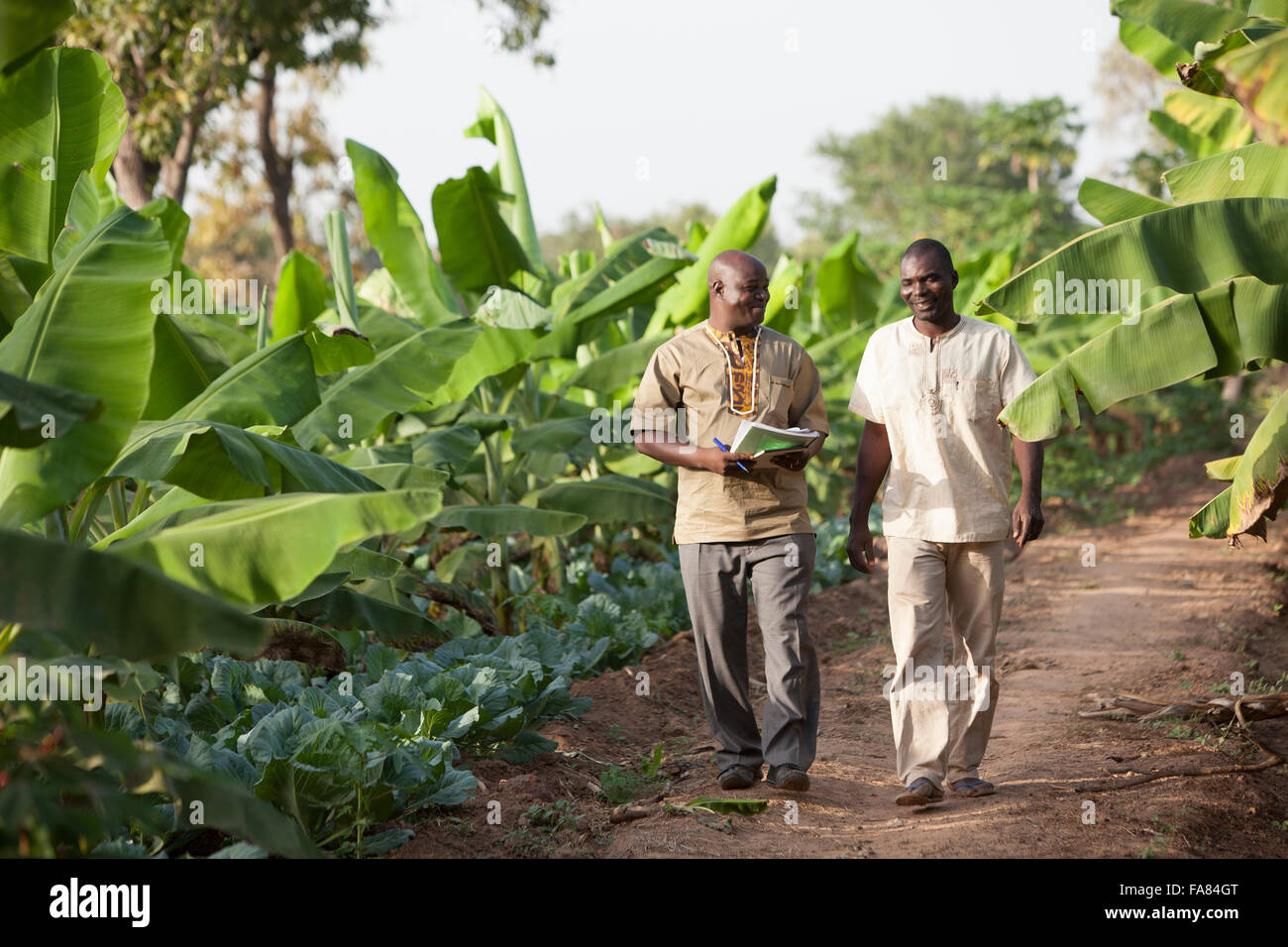Discovering the Differences In Between Commercial Farming and Subsistence Farming Practices
The duality between business and subsistence farming practices is noted by differing objectives, operational scales, and resource usage, each with extensive implications for both the atmosphere and culture. Commercial farming, driven by earnings and efficiency, frequently employs advanced modern technologies that can lead to substantial ecological issues, such as soil deterioration. On the other hand, subsistence farming stresses self-sufficiency, leveraging typical approaches to sustain house demands while supporting community bonds and cultural heritage. These contrasting techniques elevate intriguing questions about the equilibrium in between economic development and sustainability. How do these divergent approaches form our globe, and what future directions might they take?
Economic Goals
Financial purposes in farming practices often determine the methods and range of procedures. In commercial farming, the main economic purpose is to take full advantage of profit.
In comparison, subsistence farming is mostly oriented in the direction of meeting the immediate demands of the farmer's household, with excess manufacturing being marginal - commercial farming vs subsistence farming. While industrial farming is profit-driven, subsistence farming is focused around sustainability and strength, reflecting an essentially various collection of economic imperatives.

Range of Operations
The distinction between business and subsistence farming becomes specifically evident when considering the scale of procedures. The range of industrial farming enables for economies of scale, resulting in reduced expenses per device with mass production, boosted effectiveness, and the capability to invest in technical improvements.
In plain comparison, subsistence farming is generally small-scale, focusing on producing just sufficient food to fulfill the immediate demands of the farmer's family members or local community. The land area included in subsistence farming is commonly minimal, with less accessibility to modern-day technology or automation.
Source Usage
Resource utilization in farming techniques discloses considerable distinctions between industrial and subsistence techniques. Industrial farming, characterized by massive procedures, usually uses innovative technologies and mechanization to enhance the use of sources such as land, water, and plant foods. These techniques enable for improved performance and greater productivity. The focus is on optimizing results by leveraging economies of scale and deploying sources strategically to ensure regular supply and earnings. Accuracy agriculture is progressively embraced in commercial farming, making use of data analytics and satellite modern technology to keep track of crop health and enhance resource application, further enhancing yield and source effectiveness.
In contrast, subsistence farming operates on a much smaller sized scale, primarily to fulfill the prompt demands of the farmer's house. Resource utilization in subsistence farming is typically restricted by monetary constraints and a dependence on conventional techniques.
Ecological Impact

Alternatively, subsistence farming, exercised on a smaller sized scale, usually employs standard techniques that are more web link in consistency with the surrounding environment. While subsistence farming usually has a reduced environmental impact, it is not without challenges.
Social and Cultural Implications
Farming methods are deeply linked with the social and social fabric of areas, affecting and showing their worths, practices, and economic frameworks. In subsistence farming, the emphasis gets on growing sufficient food to meet the prompt requirements of the farmer's family, commonly cultivating a strong sense of community and shared responsibility. Such practices are deeply rooted in regional traditions, with expertise gave with generations, thus preserving cultural heritage and reinforcing communal connections.
Alternatively, industrial farming is mainly driven by market needs and earnings, often resulting in a change in the direction of monocultures and massive operations. This technique can cause the disintegration of traditional farming methods and social identifications, as neighborhood personalizeds and understanding are replaced by standardized, industrial approaches. The focus on effectiveness and revenue can occasionally reduce the social communication located in subsistence communities, as financial deals replace community-based exchanges.
The duality in between these farming techniques highlights the wider social ramifications of agricultural choices. While subsistence farming supports cultural continuity and area connection, business farming lines up with globalization and financial development, typically at the expense of typical social frameworks and social diversity. commercial farming vs subsistence farming. Balancing these facets remains a crucial obstacle for lasting farming advancement
Final Thought
The assessment of commercial and subsistence farming methods discloses substantial distinctions in purposes, range, source use, ecological impact, and social effects. Business farming prioritizes earnings and effectiveness via large-scale operations and progressed modern technologies, typically at the price of ecological sustainability. Conversely, subsistence farming stresses self-sufficiency, making use of local resources and typical methods, consequently advertising their explanation social preservation over at this website and neighborhood cohesion. These contrasting strategies underscore the intricate interplay between financial development and the requirement for socially comprehensive and ecologically lasting farming techniques.
The dichotomy between industrial and subsistence farming methods is noted by varying goals, operational ranges, and resource utilization, each with extensive implications for both the environment and culture. While commercial farming is profit-driven, subsistence farming is centered around sustainability and durability, reflecting a basically different collection of financial imperatives.
The distinction between industrial and subsistence farming becomes particularly noticeable when considering the range of procedures. While subsistence farming sustains cultural connection and neighborhood interdependence, business farming lines up with globalization and financial development, typically at the expense of typical social structures and cultural diversity.The assessment of industrial and subsistence farming techniques exposes substantial differences in objectives, scale, resource use, environmental effect, and social ramifications.